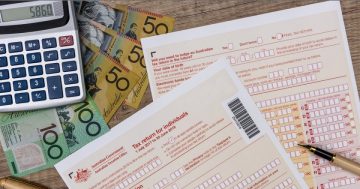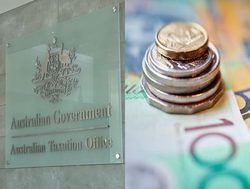Lauren Rouse* demystifies how much individual Australians are paying this year.
 Tax time is very fast approaching, and before we get into the process of submitting returns and seeking accountants, you might just be wondering, how much tax do I actually pay?
Tax time is very fast approaching, and before we get into the process of submitting returns and seeking accountants, you might just be wondering, how much tax do I actually pay?
It’s a pretty universal truth that everyone earning money in Australia will have some portion of their taxable income docked by the government.
But exactly how much is coming out of your pocket?
While the answer is complicated there is a pretty simple way to find out.
How much tax do we pay in Australia?
The Australian Taxation Office is a wealth of information for all things tax-related.
As per its website, we know that the income tax rates for Australian residents in the 2022-23 financial year are as follows:
- Earning 0-$18,200 = Nil
- Earning $18,201 – $45,000 = 19 cents for each $1 over $18,200
- Earning $45,001 – $120,000 = $5,092 plus 32.5 cents for each $1 over $45,000
- Earning $120,000 – $180,000 = $29,468 plus 37 cents for each $1 over $120,000
- Earning $180,001 and over = $51,667 plus 45 cents for each $1 over $180,000
Different tax rates apply for foreign residents and working holidaymakers, which you can find on the ATO’s website.
Using the tax calculator
From here, if you want to find the actual amount of tax you’re paying – without doing all the math yourself – the ATO has a calculator for that.
Using the Simple Tax calculator you can input your annual income, and the tool will spit out the estimated tax you’ll have to pay on your earnings.
Bear in mind that the calculator does not cover the Medicare levy or its surcharge, nor does it cover things like the First Home Super Saver scheme or study and training support loans and compulsory repayments (such as HECS).
If you want to get more specific you can also use the ATO’s Income Tax Calculator, which requires a little more detail but will provide you with a more accurate depiction of the tax you’ve paid.
Now that you know how much tax you’re paying, so begins the process of getting as much as possible back in your tax return.
*Lauren Rouse is a writer for Lifehacker Australia. She specialises in a range of topics including entertainment, technology, gaming, and life in general.
This article first appeared at lifehacker.com.au











